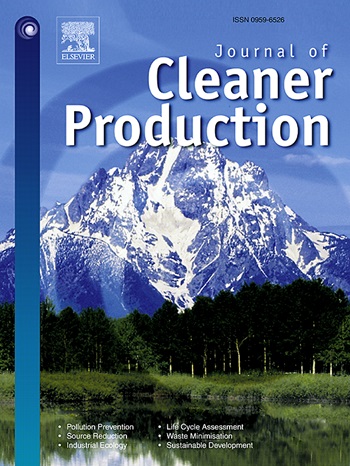Identifying the driving factors of soil nitrate nitrogen via MLs-GIS framework in an intensive plain agricultural area, China
IF 10
1区 环境科学与生态学
Q1 ENGINEERING, ENVIRONMENTAL
引用次数: 0
Abstract
Excessive accumulation of nitrate nitrogen (SNN) in soil is a global ecological issue, with adverse effects on terrestrial and aquatic ecosystems. Here, a total of 251 soil samples were collected from a typical agricultural planting area on the North China Plain, China. On the basis of the analysis of multisource data (N fertilizer input, physicochemical properties of soil, distance factors, remote sensing factors, etc.), a framework combining machine learning models with spatial analysis technology in GIS (MLs-GIS) was built to clarify the fit of the spatial distribution and identify key factors influencing SNN. The results revealed that the content of SNN at different sites varied significantly (from 0.02 to 58.85 mg/kg). According to the performance of the ML models, namely, the random forest (RF), gradient boosting decision tree (GBDT), light gradient boosting machine (LightGBM) and extreme gradient boosting (XGBoost) methods, soil pH and chemical N fertilizer input were the main factors influencing SNN. The RF model exhibited the best performance, with the highest prediction accuracy (R2 value of 0.64), and warrants increased attention in the management of agricultural nitrogen pollution. In summary, the MLs-GIS framework is efficient at identifying the key influencing factors and the spatial distribution of SNN.

基于MLs-GIS框架的集约平原农区土壤硝态氮驱动因素分析
土壤硝态氮(SNN)的过量积累是一个全球性的生态问题,对陆地和水生生态系统都有不利影响。在华北平原某典型农业种植区采集土壤样品251份。在分析多源数据(氮肥投入、土壤理化性质、距离因素、遥感因素等)的基础上,构建了机器学习模型与GIS空间分析技术相结合的框架(MLs-GIS),明确了空间分布的拟合性,识别了影响SNN的关键因素。结果表明,不同部位SNN含量差异显著(0.02 ~ 58.85 mg/kg)。从随机森林(RF)、梯度增强决策树(GBDT)、轻梯度增强机(LightGBM)和极端梯度增强(XGBoost)模型的性能来看,土壤pH值和化肥氮肥输入是影响SNN的主要因素。其中,射频模型表现最好,预测精度最高(R2值为0.64),在农业氮污染治理中值得重视。综上所述,MLs-GIS框架在识别SNN的关键影响因素和空间分布方面是有效的。
本文章由计算机程序翻译,如有差异,请以英文原文为准。
求助全文
约1分钟内获得全文
求助全文
来源期刊

Journal of Cleaner Production
环境科学-工程:环境
CiteScore
20.40
自引率
9.00%
发文量
4720
审稿时长
111 days
期刊介绍:
The Journal of Cleaner Production is an international, transdisciplinary journal that addresses and discusses theoretical and practical Cleaner Production, Environmental, and Sustainability issues. It aims to help societies become more sustainable by focusing on the concept of 'Cleaner Production', which aims at preventing waste production and increasing efficiencies in energy, water, resources, and human capital use. The journal serves as a platform for corporations, governments, education institutions, regions, and societies to engage in discussions and research related to Cleaner Production, environmental, and sustainability practices.
 求助内容:
求助内容: 应助结果提醒方式:
应助结果提醒方式:


